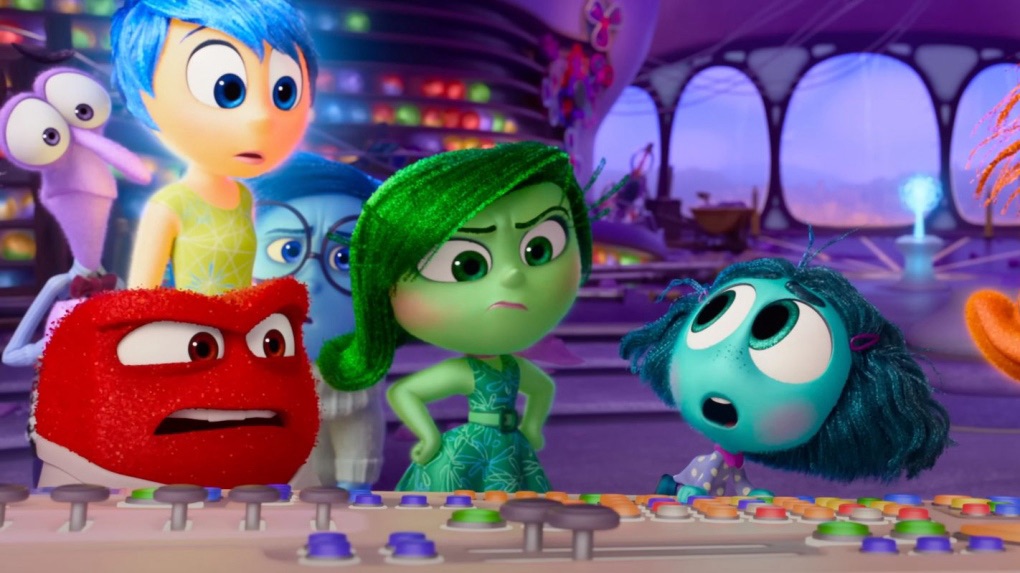
“Inside Out,” released by Disney-Pixar in 2015, is not just a beloved animated film; it is a profound exploration of emotions and the complexities of human psychology. Directed by Pete Docter, the film introduces viewers to the five core emotions living inside 11-year-old Riley’s mind: Joy (voiced by Amy Poehler), Sadness (Phyllis Smith), Anger (Lewis Black), Fear (Bill Hader), and Disgust (Mindy Kaling). These characters personify the inner workings of a young girl’s psyche as she navigates a challenging move from Minnesota to San Francisco.
The importance of “Inside Out” lies in its ability to discuss mental health and emotional development in a way that is accessible to both children and adults. It underscores the significance of all emotions, even those considered negative, in shaping personal experiences and growth. The film’s innovative approach to depicting internal experiences has been praised for helping viewers understand and articulate their own feelings.
Building on this legacy, “Inside Out 2,” directed by Kelsey Mann with writing credits to Meg LeFauve and Josh Cooley, promises to be a worthy continuation of Riley’s emotional journey. Set in her teenage years, the sequel explores new complexities in Riley’s emotions and introduces new characters such as Love and Ambition, broadening the emotional spectrum and delving deeper into the trials of adolescence.
The continuation is particularly impactful as it reflects the natural progression of human emotions and challenges as Riley grows older. It acknowledges that as we mature, our emotional landscape becomes more intricate, influenced by more diverse and profound experiences. This sequel does not just revisit beloved characters but expands on their roles and introduces new dynamics that resonate with Riley’s changing world.
“Inside Out 2” is poised to be a significant continuation, maintaining the original’s charm and insightful observations while navigating new thematic territories. It offers a fresh perspective on emotional maturity, making it a valuable addition to the narrative and a tool for audience members of all ages to understand the ongoing development of their emotional intelligence. This approach ensures that the “Inside Out” series remains relevant and engaging, continuing to offer meaningful insights into the human condition.
Like this:
Like Loading…
Related

